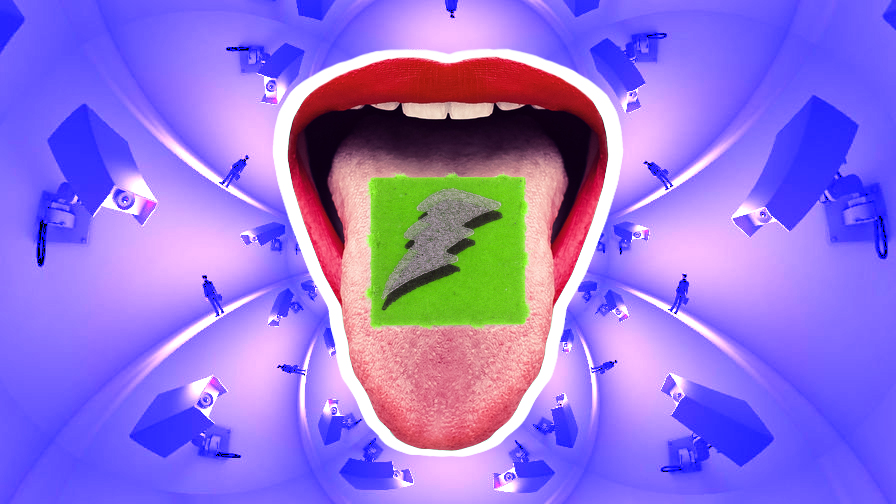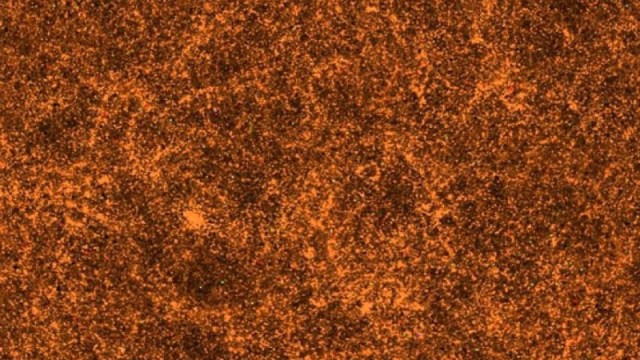How the CIA used LSD to fight communism

Photo by Danny SwellChasers on Unsplash
- The CIA’s Project MK-Ultra was designed to investigate the potential of drugs for intelligence operations.
- LSD was thought to be a truth serum and was used on unwitting citizens.
- The full extent of the CIA’s unethical human experiments may never be known.
LSD has a long, storied history in America. It is most famously associated with the counterculture of the 1960s, but modern medical science has brought it (and other psychedelics like DMT and psilocybin) into the mainstream as possible therapeutic agents for the treatment of mental illness and addiction.
A slightly less well-known story is when the CIA tried to employ LSD as a tool in spycraft and tested its applications on unwitting Americans and Canadians.
MK-Ultra
The specter of international communism made America paranoid during the 1950s. Communist infiltration was thought to be lurking behind every corner, and the USSR was considered capable of just about anything in its goal of achieving worldwide dominance. It is within this milieu that one can understand why, when faced with instances of soldiers in the Korean War defecting to the North or denouncing war crimes that didn’t happen, the U.S. government suddenly became convinced that the commies had developed some form of mind control.
The CIA thought it imperative that similar capacities be achieved by the U.S. If the Reds did not actually have that ability, all the better. So a project dubbed MK-Ultra was started in 1953 with the goal of finding a drug that could be used as a truth serum and a tool of mind control. Many drugs were tested, not just LSD, often on people without their knowledge or consent.
The head of the program, Sidney Gottlieb, thought LSD may be the wonder-drug he was looking for. So, he had the U.S. buy the entire global supply of LSD, at the time only produced by the Swiss company Sandoz, for a cool $240,000. The massive stockpile was immediately put to use.
The CIA set up front organizations to finance research of the drug at a number of universities, including Stanford and MIT, to see how typical test subjects would react to the drug in a clinical setting without making the CIA’s interest in the drug known.
Less ethically and less voluntarily, some prisoners in the American penal system were given the drug daily for months on end. The CIA even drugged its own employees, hoping to learn what would happen if an intelligence asset was slipped a drug they knew nothing about. This resulted in at least onedeath.
And it only got stranger, less voluntary, and more illegal after that.
Operation Midnight Climax (yes, it was really called that)
In one of the more bizarre “experiments” during the project, the CIA had sex workers in New York and San Francisco bring their clients back to a safehouse where they would be slipped LSD. After the conclusion of business, the sex workers would ask questions of their clients, who would be tripping, in an attempt to determine how much LSD was required to get men talking. All of this was observed through a one-way glass by CIA operatives with no scientific backgrounds who drank martinis by thepitcher.
The use of the drug in interrogations also was investigated at safehouses in Europe and East Asia. Suspected foreign intelligence assets were given massive doses of LSD before interrogation to cause emotional trauma “at levels that can only be called torture,” according to Raffi Khatchadourian. Some subjects were told that their bad trips would never end if they did not talk. Related tests were done to see if an LSD trip would make lies show up more clearly on a polygraph test. The results were inconclusive.
A similar program was going on inside the U.S. Army as well.The Edgewood Arsenal human experiments examined the use of several drugs, including LSD, in warfare and information gathering. As with the CIA, army officers drugged random soldiers to observe their reactions. While plans were drawn up to use the drug on captured Vietcong to aid in interrogations (which would have been a war crime), they were not enacted for reasonsunknown.
Other ideas on how to use the powerful psychedelic included drugging foreign leaders the U.S. did not like before they had to give a speech or chair an important meeting. The hope was that the drug would cause erratic behavior, which would then lead to a decline in their popularity or to poor decision-making. Gottlieb even devised a plan to spray a radio station from which Fidel Castro was scheduled to give an address with aerosolized LSD in the hope of achieving similar ends. The plan was never carriedout.
The spy who drugged me
In what may be one of the great understatements of the 20th century, the CIA concluded that LSD was too “unpredictable” in its results to be the single super-drug they sought. However, the CIA still thought LSD had its place in spycraft.
For his part, Gottlieb considered the project a failure and concluded that no possible combination of drugs or psychiatric interventions could accomplish the program’s goals. He went on to work on other CIA projects and retired in 1973 after he destroyed most of the already spotty records of the program. In retirement, he helped lepers in India, raised goats, and constructed one of the first solar powered homes in the state ofVirginia.
However, that was hardly the end of things. Gottlieb forgot to burn the financial records, and in the mid-1970s, the Church Committee of the U.S. Senate investigated the program, though the lack of data meant that very few of the people who were drugged without their consent were ever compensated, and a great deal about the program (and others like it) remain unknown.
Notable recorded and voluntary test subjects of MK-Ultra who were given LSD included the poet Alan Ginsburg, writer Ken Kesey (author of One Flew Over the Cuckoo’s Nest), and Grateful Dead lyricist Robert Hunter. All three would later tout the benefits of psychedelics and the broader drug culture in the years that followed their involvement with the program.
Their activities, as well as those of other LSD advocates in the 1960s, would undermine the very vision of American society that the CIA was trying to protect in the first place — using a tool the CIA itself provided. The irony of this was not lost on Beatle John Lennon, who mused, “We must always remember to thank the CIA and the Army for LSD. That’s what people forget… They invented LSD to control people and what they did was give us freedom.”
While the level of “freedom” LSD provides is debatable, the story of how the counterculture first got a taste of the stuff demonstrates even that freedom comes at aprice.





